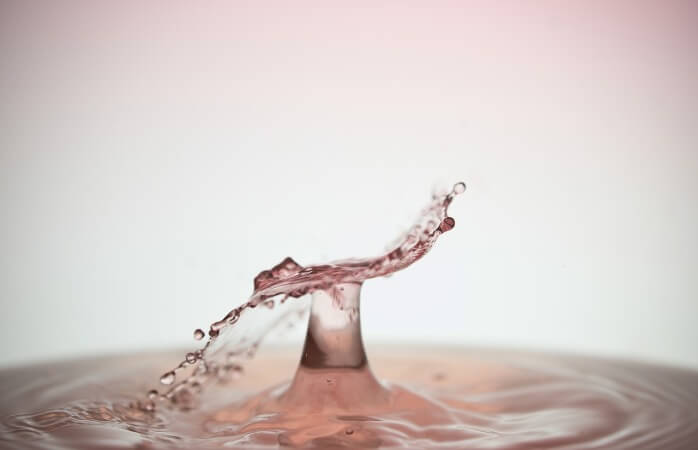The fluid cavitation in centrifugal pumps medicine essence process

Cavitation.
Cavitation is the formation and subsequent collapse of bubbles in a fluid flow is accompanied by noise and water hammering education in the fluid cavities (cavitation bubbles or cavities) that may contain rarefied vapor and gases, and occurrence of flashes of light (sonoluminescence), heat dissipation and other physical effects.
The harmful effects of cavitation
Description:
Cavitation (from lat. cavita — void) is the process of formation and subsequent collapse of bubbles in a fluid flow is accompanied by noise and water hammering education in the fluid cavities (cavitation bubbles or cavities) that may contain rarefied vapor and gases, and occurrence of flashes of light (sonoluminescence), heat dissipation and other physical effects.
The phenomenon of cavitation is local (local) in nature and occurs only where created causes for its occurrence.
The reasons for the occurrence of cavitation effect, as a rule, are:
– local pressure decrease in the liquid by increasing its flow rate, as well as during acceleration and deceleration of the fluid motion (the so-called hydrodynamic cavitation),
local negative pressure fluid, which may occur during the passage of acoustic waves of high intensity during a half-cycle of rarefaction (the so-called acoustic cavitation).
Cavitation effects in the fluid also result from the focusing of an intense laser pulse (optic cavitation) or as the result of exposure to high voltage electrical discharge (cavitation as a result of electrical breakdown, the effect of Yutkin).
When local pressure decrease in the liquid cavitation bubbles arise. First, the bubbles have small dimensions, and then there is growth – expansion under the action of tensile stresses in the fluid and simultaneously filling the dissolved gas and saturated vapor. The bubbles become a size from a few microns to a tenth of a millimeter. Further, the cavitation bubbles are moving with the flow of liquid in area with higher pressure or during the compression half-cycle, fast and sudden collapse (i.e. explode), radiating with a shock wave, heat and flash light. The energy of the collapse of bubbles in several tens of times greater than the energy of formation of a bubble.
A leading role in the formation of cavitation bubbles play a gasescontained in a fluid and eye-catching inside of the formed bubbles. These gases are always contained in a fluid and the local pressure drop begin to intensely stand out inside of these bubbles. The temperature inside the cavitation bubbles can reach several hundreds and thousands of degrees.
Currently, cavitation is widely used in various fields: thermal hydrodynamic pumps, dispersing and emulsifying materials, decontamination fluids, water treatment, etc.
The harmful effects of cavitation:
It should be borne in mind that dissolved in the liquid gas contains more oxygen by percentage than in air, so the gases in the bubbles during the cavitation of the chemically more aggressive than normal atmospheric air. They oxidize many, even inert materials. As a result, under the influence of chemically aggressive gases, shock waves, regions with high pressure and high temperature erosion of materials in contact with fluid in the cavitation process.
That is, cavitation bubbles causes damage to propellers for Maritime and river vessels, working parts of pumps, turbines, etc.
Note: © Photo ,



